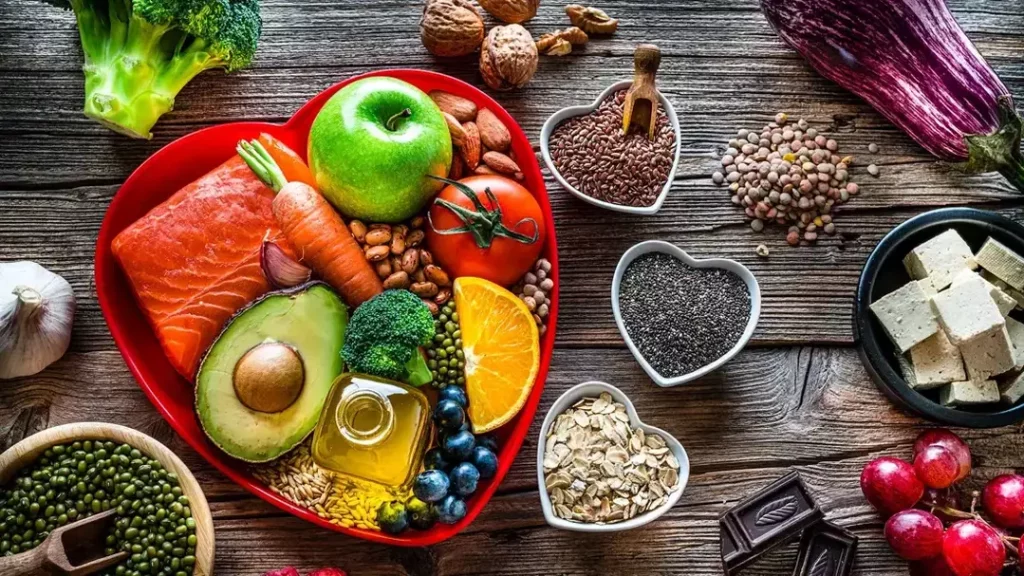
Cholesterol Down, Health Up: The Ideal Diet to Cut Cholesterol
Rising cholesterol levels can be a cause for concern, but it doesn’t have to be a daunting task to get back on track. By making a few simple food swaps, you can significantly reduce your cholesterol levels and improve your overall heart health. In this article, we’ll explore the ideal diet to cut cholesterol and provide you with some easy-to-implement tips to get started.
Understanding Cholesterol
Before we dive into the diet, let’s quickly understand what cholesterol is and why it’s important to manage it. Cholesterol is a type of fat found in the bloodstream, and it’s produced by the liver. There are two main types of cholesterol: low-density lipoprotein (LDL) or “bad” cholesterol, and high-density lipoprotein (HDL) or “good” cholesterol. LDL cholesterol can build up in the arteries, increasing the risk of heart disease and stroke, while HDL cholesterol helps remove excess cholesterol from the bloodstream and transport it to the liver for excretion.
The Ideal Diet to Cut Cholesterol
So, what foods should you focus on to cut cholesterol? The key is to incorporate a diet rich in fiber, healthy fats, and nutrients that support heart health. Here are some simple food swaps to get you started:
- Start with Oats for Breakfast
Begin your day with a bowl of oatmeal or steel-cut oats, which are rich in soluble fiber. Soluble fiber helps lower LDL cholesterol by binding to bile acids and removing them from the body, which in turn reduces the amount of cholesterol produced in the liver. Add some banana or berries to your oatmeal for an extra boost of fiber and antioxidants.
- Add Legumes to Your Meals
Legumes such as rajma, chole, or dal are not only high in fiber but also rich in protein and nutrients. Legumes help lower cholesterol levels by reducing the absorption of dietary cholesterol and improving fat metabolism. Add them to your soups, stews, or use them as a protein substitute in your meals.
- Snack on Nuts and Seeds
Snack on roasted almonds or walnuts daily to boost your heart health. These nuts are rich in healthy fats, antioxidants, and fiber, which help lower LDL cholesterol and increase HDL cholesterol. You can also try pumpkin seeds, chia seeds, or flaxseeds for added nutrition.
- Choose Healthy Fats
Incorporate healthy fats like avocado, olive oil, and fatty fish into your diet. These fats help lower LDL cholesterol and increase HDL cholesterol, reducing the risk of heart disease. Use olive oil for cooking, add avocado to your sandwiches, and include fatty fish like salmon or tuna in your meals.
- Limit Saturated and Trans Fats
Limit your intake of saturated and trans fats, which can raise LDL cholesterol and increase the risk of heart disease. Avoid foods high in saturated fats like butter, lard, and coconut oil, and opt for low-fat dairy products instead.
- Stay Hydrated
Drink plenty of water throughout the day to help flush out excess cholesterol and toxins from your body. Aim for at least eight glasses of water a day, and limit your intake of sugary drinks and soda.
Conclusion
Managing cholesterol levels doesn’t have to be complicated or boring. By incorporating these simple food swaps into your diet, you can significantly reduce your cholesterol levels and improve your overall heart health. Remember to focus on whole, nutrient-rich foods, limit your intake of processed and packaged foods, and stay hydrated to keep your heart healthy.
Sources:






